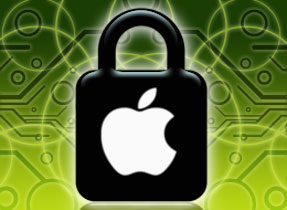Recycler virus is a virus that exploits the autorun feature of Windows. It copies the autorun.inf files on each drive of the computer, be it permanent or a removable media such as DVDs, CD ROMs, USB Devices, or Memory Sticks. When a user inserts a USB device into the computer the autorun feature kicks in and rewrites your autorun.inf file, copies the Recycler.exe program to the device, and hides the folders it is in.
The recycler virus is very destructive. Once it infects your computer, it will connect itself to malicious websites and download the malicious code to your computer. The malicious code will then steal your personal information such as credit card information, social security, account numbers, usernames, and passwords stored on your computer.
| click to explore more... |
Step1: Open taskmanager and search for the process called CTFMON.EXE and kill it.
Step2: Search CTFMON.EXE file in the startup menu and delete it.
Step3: Boot the system in safe mode and open the command prompt.
Step4: Disable hidden, system, and read only attributes for autorun.inf and recycled folder delete them. To show all hidden and system files type attrib -r -a -s -h *.* and press enter. This will remove the read-only, archive, system, and hidden attributes from all files.
Step5: Clean the recycle bin and repeat these steps for all the drives on your computer.
Step6: Search the registry carefully to remove virus from the registry. Open registry editor and modify the NoDriveTypeAutoRun entry with 03ffffff value after searching it in following registry folders: HKEY_LOCAL_MACHINESOFTWARE HKEY_CURRENT_USERSOFTWARE
Step7: The final step is to run a full system scan with an antivirus and antispyware application to ensure all traces of the recycle virus have been wiped out.







